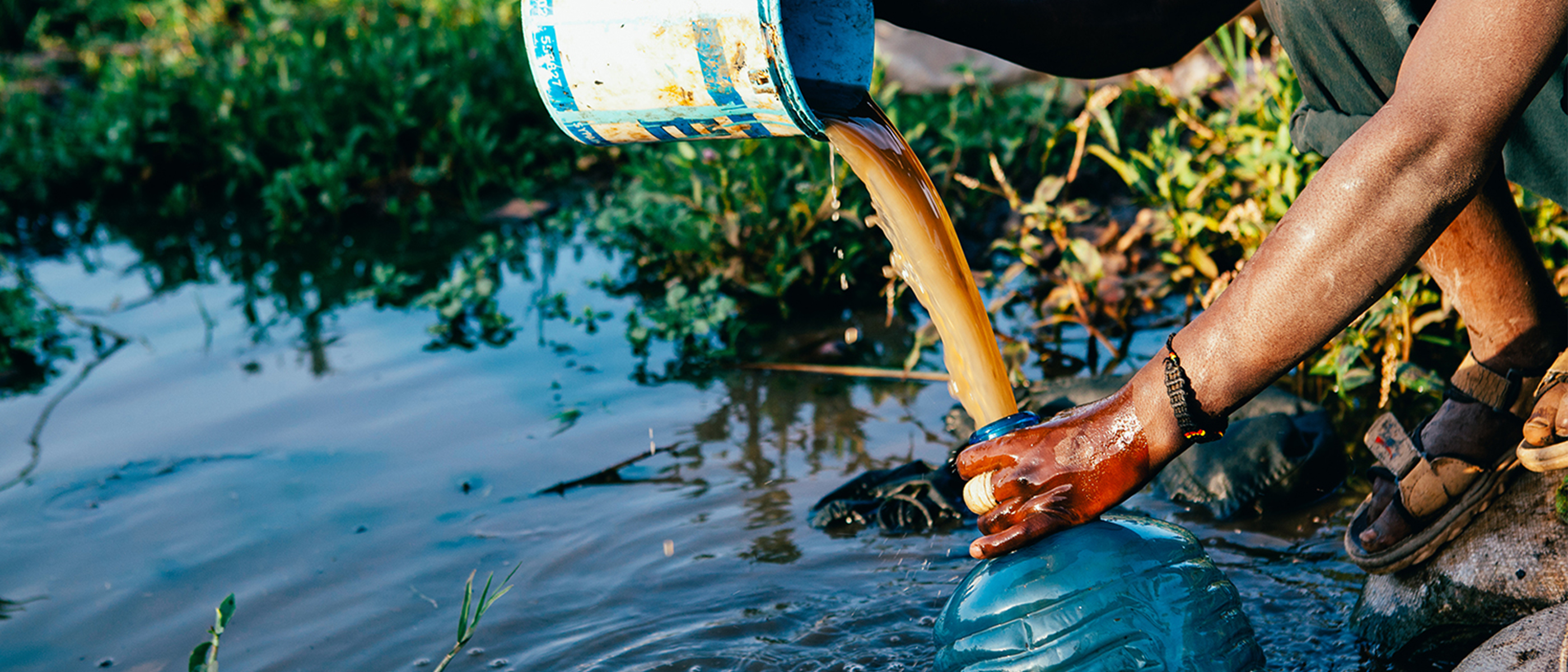Water Crisis
785 million people on our planet lack access to safe, clean drinking water!
The Problem: Dirty Water
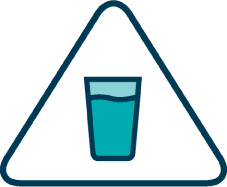
785 million people on our planet do not have access to safe, clean drinking water. That’s crazy!

Every 21 seconds a young death could be prevented with access to safe, clean water.
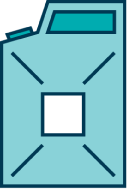
When you fill a 5-gallon jerrycan with water, it weighs 44 pounds.

The task of collecting water tends to fall on women and children between the ages of eight and 13. As a result, women are often unable to get jobs or contribute financially to their households. Children are often unable to go to school or get an education due to the thousands of hours they have to spend annually just hauling water.
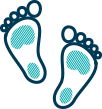
The average distance that someone in a developing community walks to fetch water is 3.75 miles.
The Problem
Health &
Sanitation
1,000Deaths
Food
Security
0Agriculture
Children
Education
6-8Hours
Economic
Development
3.75Miles
W.A.S.H. Programs
Water
Safe water can reduce water-related deaths by up to 21%.
Sanitation
Every time Thirst Project builds a well, we make sure that each community we build in has pit latrines for proper sanitation and safe waste disposal to eliminate open defecation practices. This can reduce water-related deaths by up to 37.5%.
Hygiene
Every community we work in gets trained on proper hand washing techniques to stop the spread of waterborne diseases. Our hygiene workers’ teachings can reduce water-related deaths by up to 35%.
No charitable gift has the ROI clean water does.
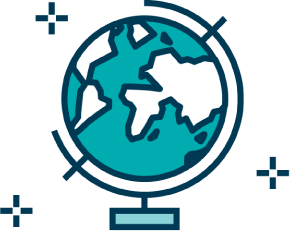
The Solution: Clean Water
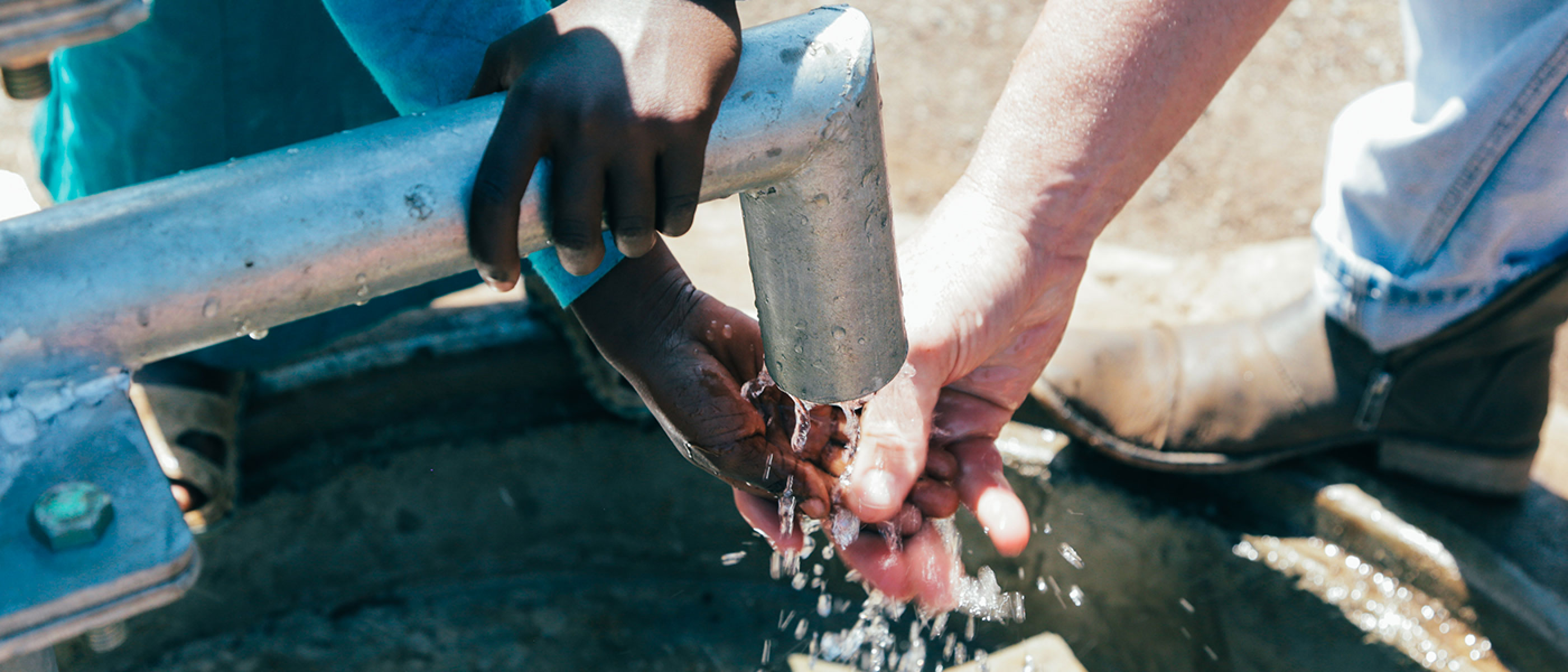
WELLS
40+
The number of years our wells should last, if properly maintained.
Our preferred method of implementing in the field is to build hand pump freshwater wells. We don’t sell grand solutions or the latest and greatest million dollar schemes, but instead, simple things that work.
There are lots of different methods and technologies that exist to provide solutions to the water crisis, but this tried and true method is without question the most sustainable. Hand pump borehole wells don’t rely on any external source of power. These projects are not dependent on communities’ ability to pay for ongoing fuel costs to run a generator and aren’t dependent on unreliable solar panels, which often break and cannot easily be repaired or replaced by community members (and are a high-risk for theft). Unlike so many so-called “latest and greatest” technologies, which often rely on parts that cannot be locally-sourced & technologies that require unavailable specialists in the rural areas we work in, community members can be trained to maintain and repair these projects themselves for decades to come. Obviously we only have ten years of data to draw from so far, but, if properly maintained, our wells should last 40+ years.
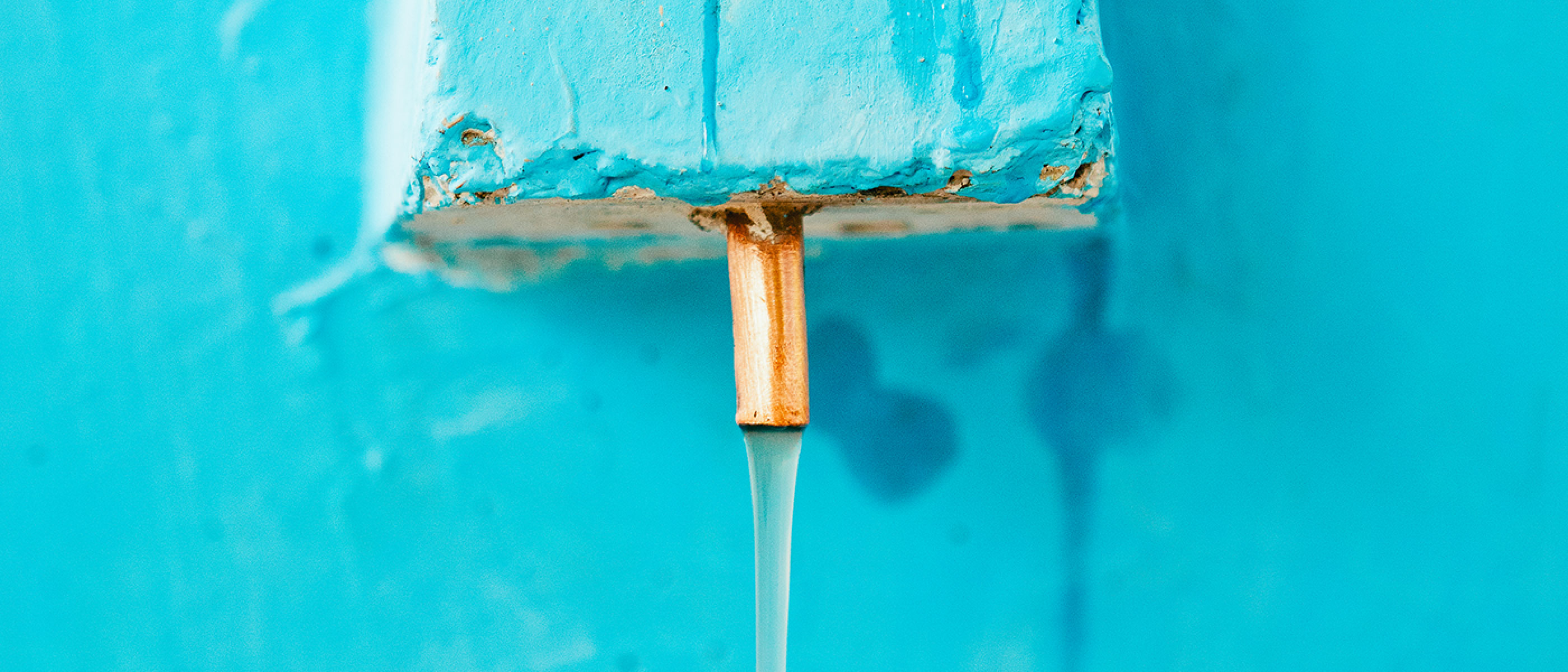
BIO-SAND WATER FILTERS
In some areas, underground hot springs and other geological factors prevent the installation of wells.
The presence of arsenic in underground hot springs or other deadly challenges would actually make drinking the groundwater in these regions more dangerous than contracting the waterborne diseases caused by drinking surface water. In these cases, we build & install individual bio-sand water filters into families’ homes. Community members still use surface water from open, unprotected sources like rivers or streams, and use these filters in their homes to pour that water through layers of gravel, course & fine sand, and microbiological film to filter out contaminants. While these filters are less sustainable than our preferred method of implementing, wells, they should last at least 10+ years & serve a family of four+ people each.
10
The number of years our Bio-Sand Water Filters should last & serve a family of four+ people each.
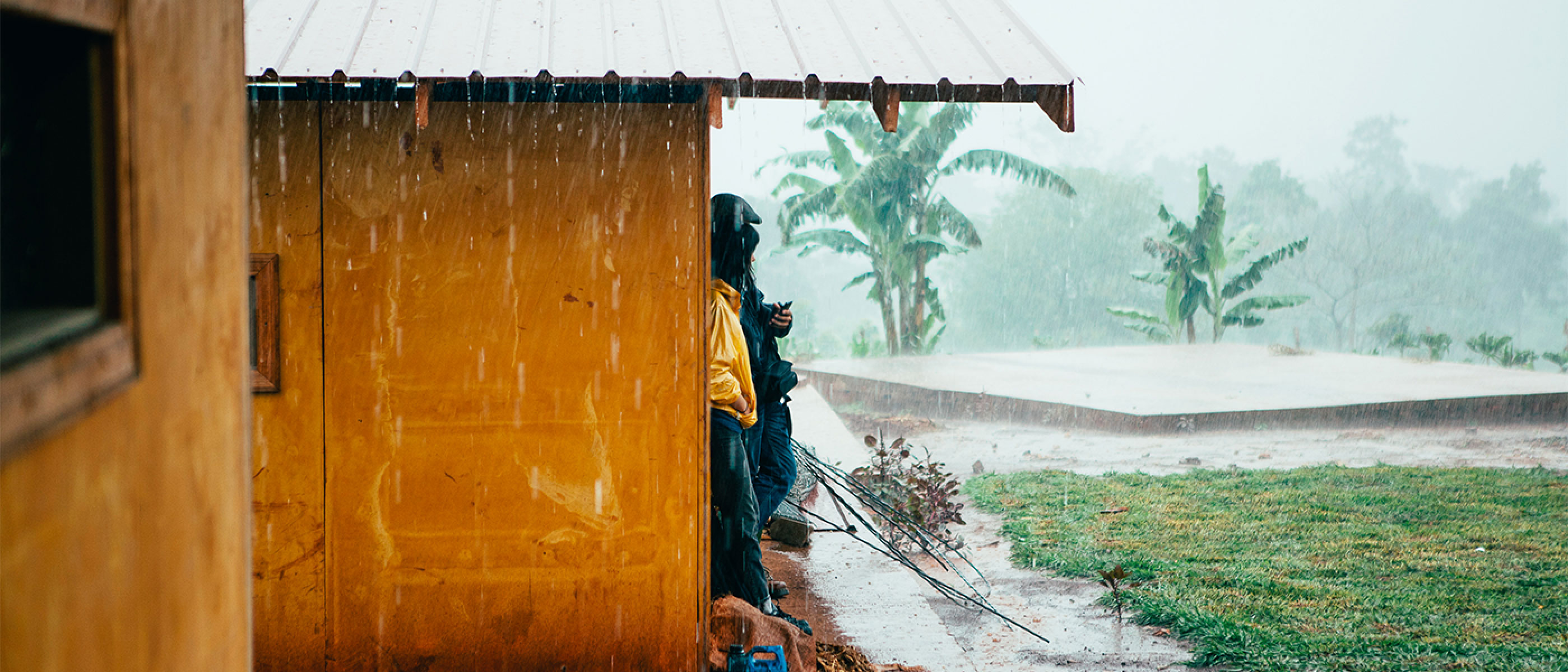
EMERGENCY &
DISASTER RELIEF
It’s tragic when disaster strikes. When it happens, we don’t often have time to perform all of the necessary practices to adhere to our own Standards for Sustainability.
In an emergency, people need safe water THEN. In these cases, we have utilized multiple short-term solutions to get temporary water resources FAST to those who need it most. In the past, we have purchased P&G’s PUR Packets and distributed them in areas that need stabilization. These are not good as long-term, sustainable solutions, but they help other organizations who are working in affected areas stabilize the water situation there so that those organizations can continue their long-term work. This is the only time we take on work in countries other than those where we are currently active. After our initial support, and sustainable long-terms solutions are in place, we withdraw.
Spring Protection Systems
For some larger systems in communities where there are safe, natural springs present, we will install protective structures around these springs and then capture and safely store pure water for the community to use later.
Rainwater Catchment Systems
We want to make the most of every opportunity to get safe, clean water to those who need it most. In some communities where we build wells, if the rainy season is strong & consistent enough, we will often work with community members to install gutter-style systems onto rooftops to direct rainfall into sanitary holding tanks for later use (often only washing & cooking), which allows us to save water from the wells in these communities for more critical drinking needs.
The Impact
-
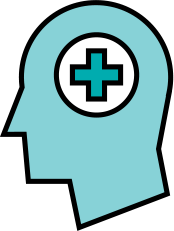
More than H2O
-
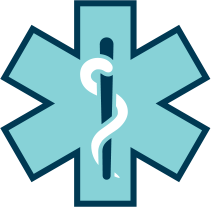
Health & Sanitation
-
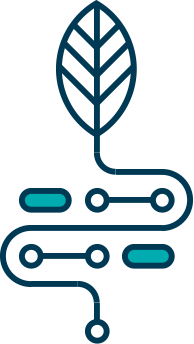
Food Security
-
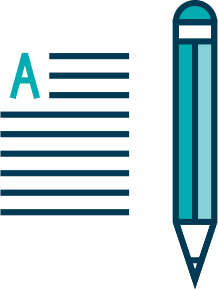
Education
-

Economic Development
Fund Your Own Well and Change a Village Forever.
You will receive project and community information, GPS coordinates of your well, photos of your well and the community, and a personalized “Thank You” video from the community members to you, by name, showing the water source that the community used to be forced to rely on, the community itself, and the exact well that you funded.
